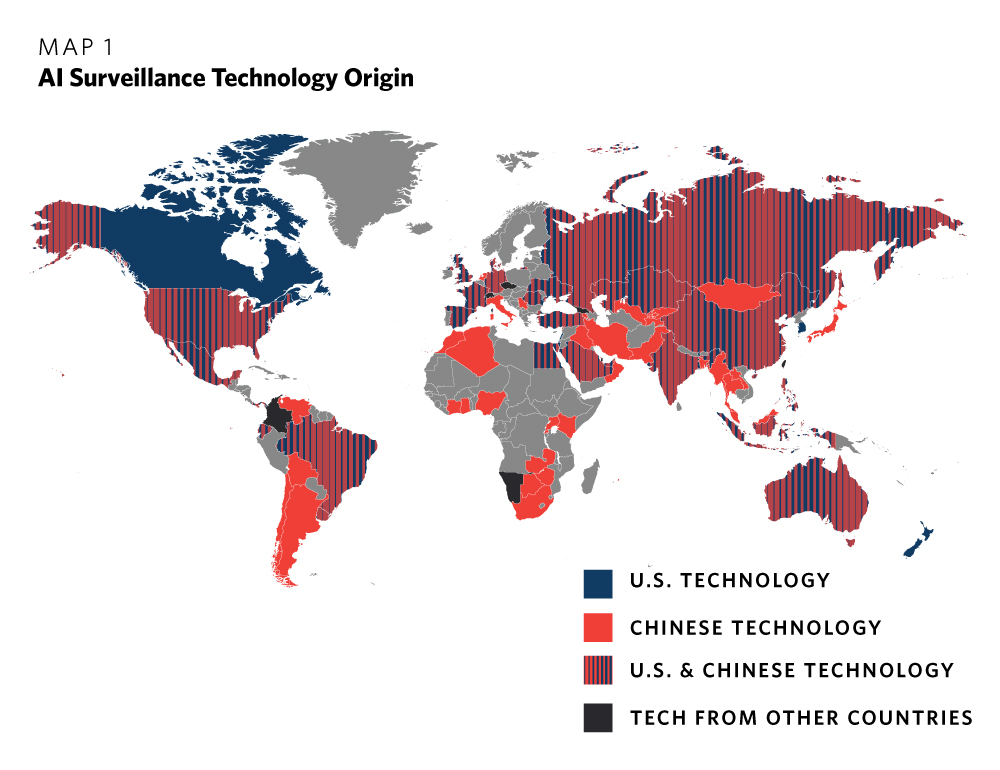Riding the Wave: MacArtney’s GreenLink Technology Transforms U.S. Energy Landscape
As the world pivots toward renewable energy sources, MacArtney’s innovative GreenLink technology is set to play a pivotal role in advancing wave energy solutions at the new PacWave South test site, being established off the coast of Oregon. This initiative signals a significant step towards harnessing the power of the ocean and represents a collaborative effort among Oregon State University (OSU), the U.S. Department of Energy, and the state of Oregon itself.
A New Era for Wave Energy Testing
The PacWave South facility is being developed as a comprehensive testing ground for marine energy technologies, with the objective of integrating wave energy into the electrical grid. Encompassing an area of two square nautical miles, the facility is designed to facilitate the testing of up to 20 commercial-scale wave energy devices. The site is strategically positioned for open-ocean experiments, where the interaction between cutting-edge technologies and real-world conditions can be thoroughly analyzed.
 Innovative Marine Energy Solutions Await Implementation
Innovative Marine Energy Solutions Await Implementation
Reliable Connectivity
To ensure a seamless connection to the electrical grid, OSU, alongside RT Casey—the prime marine contractor—has chosen MacArtney’s GreenLink dry-mate solution. This connection system is specifically designed to withstand harsh marine environments and will serve as the gateway for innovative wave energy technologies to link up to the power grid efficiently. This includes the termination of four dedicated subsea power and fiber optic cables, thus embodying MacArtney’s commitment to providing robust, reliable solutions that meet rigorous industry standards.
Investing in the Future
Financially, the PacWave South project has received significant support from the U.S. Department of Energy, underscoring the federal government’s commitment to developing sustainable energy technologies. As global energy demands escalate, projects like PacWave South are essential for ensuring that emerging technologies are tested rigorously, leading to valid applications in energy production.
Don Bryan, the General Manager of MacArtney’s Pacific Northwest Operations, emphasized the significance of their involvement in PacWave South, highlighting their experience:
“We have a proven concept and a proven connector for harsh marine conditions already operative in global projects. Our end-to-end approach—from concept to installation—ensures we supply fit-for-purpose solutions based on years of research, development, and field deployment.”
The Competitive Tech Landscape
In parallel to advancements in marine energy technology, major tech companies are racing to solidify their positions in the AI sector. Recently, Apple unveiled its AI strategy at their annual Worldwide Developers Conference, igniting enthusiasm among investors and propelling Apple’s market value past Microsoft’s once again. Analyst Dan Ives from Wedbush speculates that the upcoming year will witness an intense competition among tech giants like Microsoft, Nvidia, and Apple, potentially leading to a combined market cap of nearly $4 trillion.
 Apple’s Strategic AI Unveiling at WWDC
Apple’s Strategic AI Unveiling at WWDC
The Intersection of AI and Energy
Interestingly, the tech industry’s pivot toward AI might intersect with advancements in energy solutions as well. The AI tools developed by these tech firms could be leveraged to optimize energy systems—an opportunity that researchers and industry leaders alike are beginning to explore. With the growing capabilities of AI, power monitoring and management in renewable energy systems might transition from reactive to proactive, fundamentally changing the landscape of how energy is consumed and distributed.
Meanwhile, other industry players like Elon Musk have made headlines with their ambitious plans, from colonizing Mars to integrating AI functionalities within their product ecosystem. Musk expressed intentions to restrict Apple products at his companies should they decide to incorporate AI functionalities such as ChatGPT into their offerings, highlighting the intensely competitive nature of today’s tech sphere.
Building a Sustainable Future
With the construction of PacWave South slated to complete by late 2024, and expectations for grid-connected testing to commence by mid-2025, the impact of this project on the renewable energy landscape is expected to be significant. For innovators in wave energy technology, having access to such a dedicated facility will not only facilitate testing but also foster collaborations across the industry, potentially leading to advancements that incorporate AI-driven data analyses and enhanced energy strategies.

As wave energy technology progresses, so too does the tech market’s aspirations toward advanced AI solutions. The potential for parallel progress prompts questions about how these innovations might address global energy challenges while ensuring commercialization and profitability in the process. Navigating this landscape steadily will require innovation, experimentation, and collaboration among various stakeholders, offering a promising glimpse into the future of sustainable energy.
Conclusion: A New Wave of Energy Solutions
Ultimately, the intersection of technology, energy, and AI presents tantalizing possibilities for the future. With MacArtney’s involvement in one of the United States’ most ambitious marine energy projects and the competing tech organizations developing their own AI strategies, the forthcoming years are set to see a convergence of efforts aimed at transforming energy systems for the better.
As we move towards greener energy solutions, keeping an eye on the synergy between these developing technologies might provide insights into how society can best harness the power of our oceans, alongside the growing capabilities of AI, to meet our energy needs sustainably.


 Photo by
Photo by 











